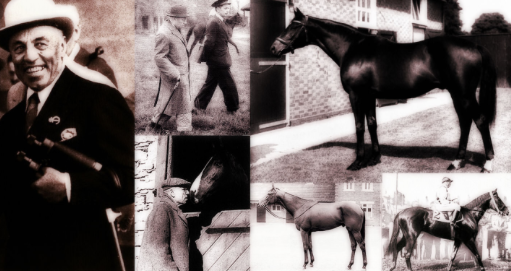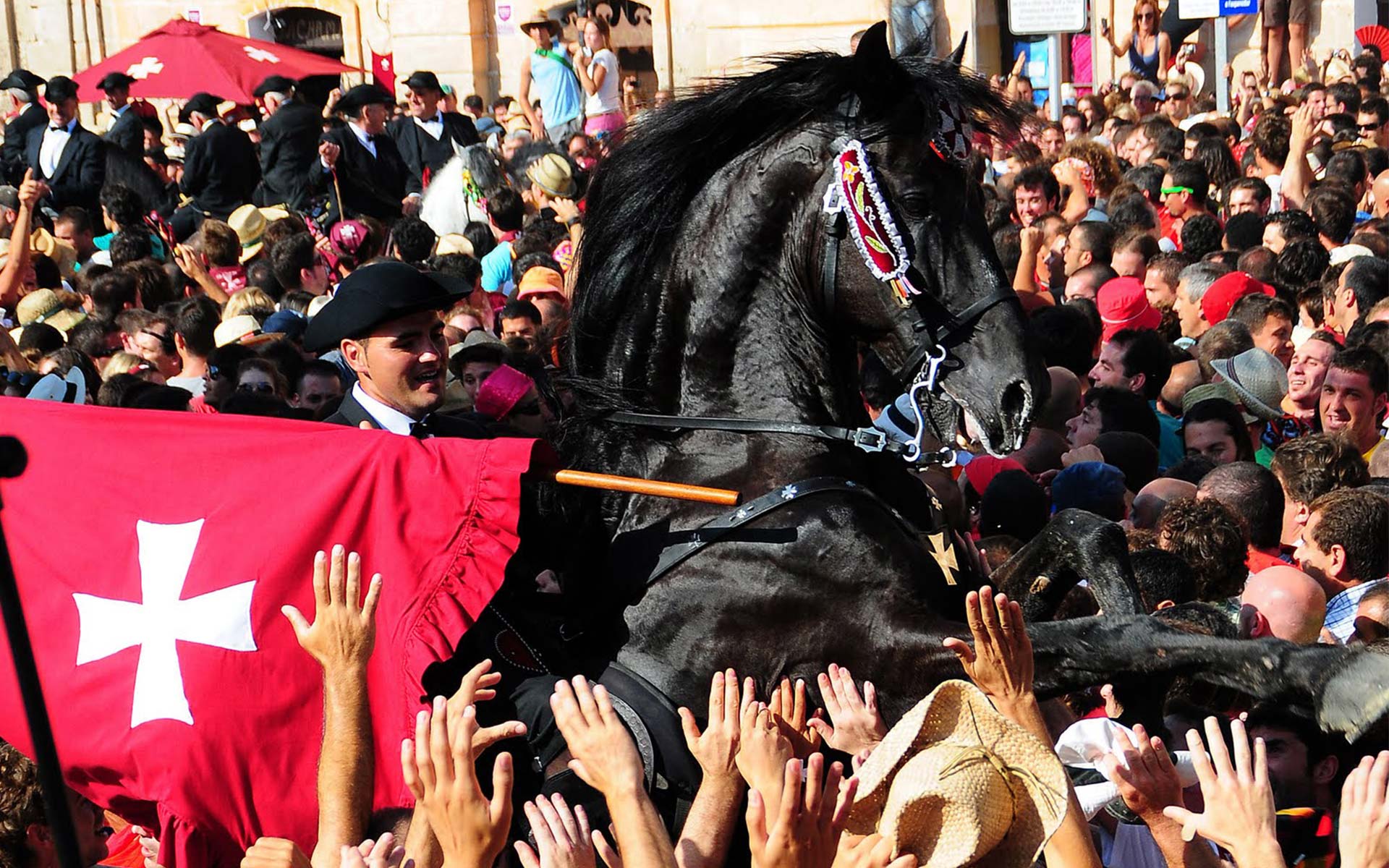Interesting fact: the Lipizzaner horse & the Vienna School of Advanced Dressage
The history of the Lipizzaner horse, a breed named after the town of Lipica in Slovenia, where the stud farm was founded, is closely linked to the history of the Habsburgs, who ruled over much of Europe during the Baroque period for 650 years. Horses at that time were a resource of strategic importance and, as we have already seen, in those years the Andalusian was considered the perfect war horse. Thus, the Lipizzaner horse was created by crossing Spanish stallions with Caucasian and Italian mares.
The Habsburgs always paid great attention to these animals and, precisely because of the remarkable similarities between the Karst and Spain in terms of environment and climate, Archduke Charles decided to establish the stud farm for his court in Lipica.
In 1578, he chose the abandoned fortified village of Lipica, which belonged to the bishops of Trieste, as the site for the Lipica Stud Farm, intended for breeding horses for the imperial court.
On 19 May 1580, Archduke Charles signed the contract for the purchase of the Lipica estate. The stud farm became famous because the Vienna Riding School, founded by Charles VI in 1729, used only stallions of this breed for its marvellous performances.
This elegant grey horse is born black or dark bay and gradually turns white over the course of 7-10 years.
Today, it is possible to stay in Lipica and spend a week, or even just a few days, dedicating yourself to dressage and basic Spanish high school exercises, riding the impressive grey stallions under the guidance of professionals of undoubted calibre.
Categories
Recent Posts
All the articles
HORSE RACING: Federico Tesio, the genius who changed racing forever Anyone who loves horse racing cannot ignore the name Federico Tesio. He …
ATTACCHI: dall’eleganza nobile alla scoperta del territorio The discipline of driving horse-drawn carriages has its roots in the era of grand …
Menorca, land of horses: the Menorquín and a timeless equestrian tradition Menorca is not just crystal clear sea, Mediterranean wind, and unspoiled …



